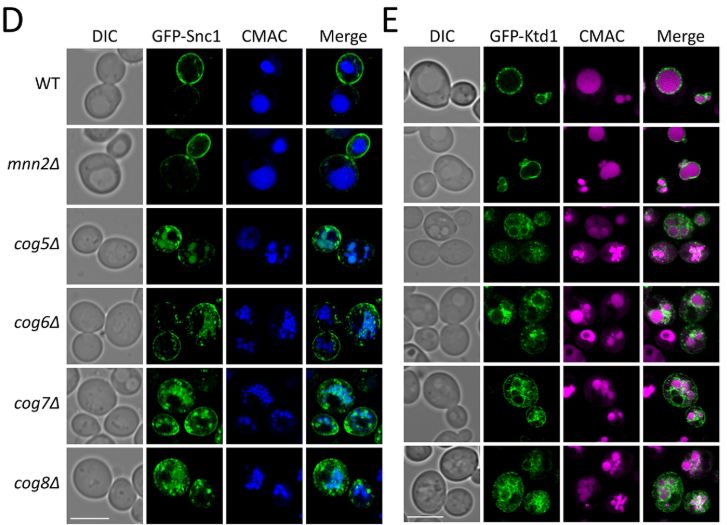Meru Sadhu
@merusadhu.bsky.social
92 followers
170 following
9 posts
Host pathogen interactions, high-throughput genetics, and yeast! Here to learn about and share cool science.
Posts
Media
Videos
Starter Packs
Meru Sadhu
@merusadhu.bsky.social
· Sep 11
Meru Sadhu
@merusadhu.bsky.social
· Sep 6
Reposted by Meru Sadhu
Jeff Lewis
@lewislab.bsky.social
· Aug 20
Meru Sadhu
@merusadhu.bsky.social
· Aug 18
Reposted by Meru Sadhu
Meru Sadhu
@merusadhu.bsky.social
· Jul 14
Meru Sadhu
@merusadhu.bsky.social
· Jul 14
Meru Sadhu
@merusadhu.bsky.social
· Jul 14
Meru Sadhu
@merusadhu.bsky.social
· Jul 14



